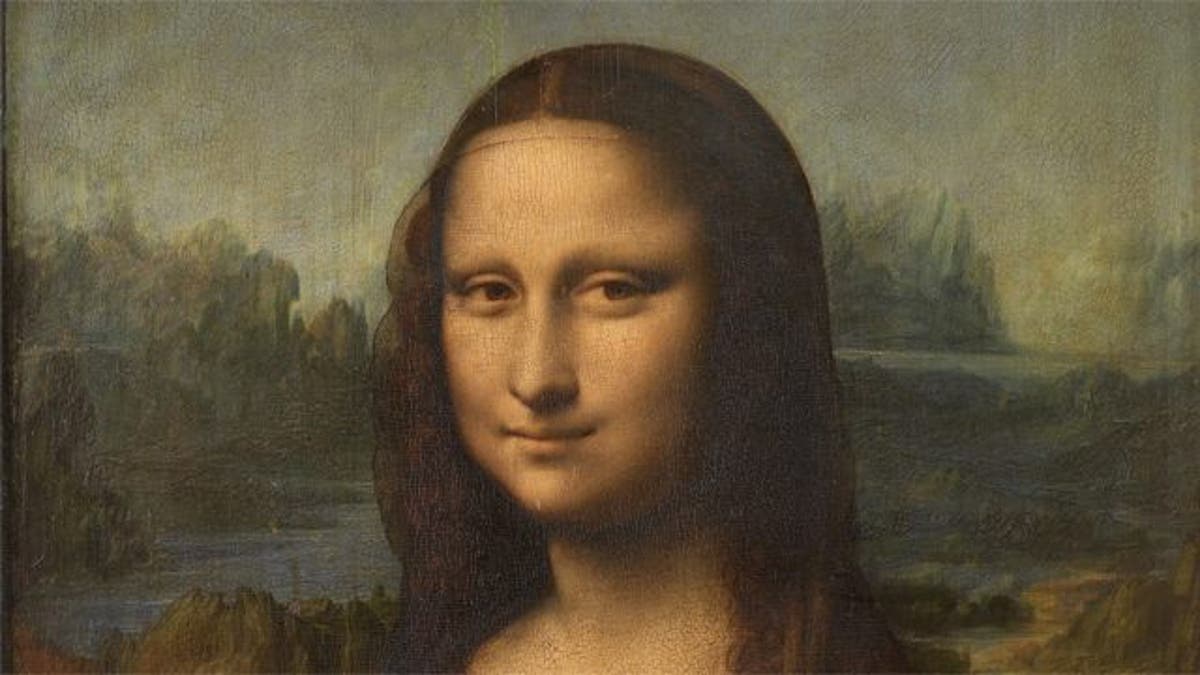Fox News Flash top headlines for June 6
Fox News Flash top headlines for June 6 are here. Check out what's clicking on Foxnews.com
Mona Lisa's famous smile might not have been genuine when she was painted by Leonardo da Vinci more than 500 years ago.
Scientists wanted to investigate Lisa Gherardini's facial expression and apply the principles of neuroscience to the world-famous Italian Renaissance painting, which is seen by millions of visitors every year in Paris' Louvre Museum.
Using a so-called "chimeric face" technique, whereby the woman's mouth is cut in half and placed alongside its mirror image, the researchers asked a group of subjects to judge the perceived expression.
They concluded that the Mona Lisa is smiling asymmetrically.
ORIGIN OF 'BIGFOOT' HAIR SAMPLES REVEALED IN NEW FBI VAULT DOCS
"Considering it is unlikely that a person who sits motionless for hours to be painted is able to constantly smile in genuine happiness, the simplest explanation is that the Mona Lisa asymmetric smile is the manifestation of an 'untrue enjoyment' in spite of all the efforts that Leonardo's jesters used to make in order to keep his models merry," the researchers write, according to Science Daily.
The authors of the study point out that there's not upper face muscle activation in the Mona Lisa painting; with a genuine smile, which is known as a Duchenne smile, a person's cheeks are usually raised and the muscles around their eyes tend to contract.

Leonardo Da Vinci's Mona Lisa is known around the world, but her smile has always been a bit mysterious.
The asymmetric smile "reflects a non-genuine emotion and is thought to occur when the subject lies," the authors note, according to Science Daily. The scientists who worked on the study are affiliated with the University of Cincinnati in Ohio, St. George's University of London in the U.K. and Sapienza University of Rome in Italy.
The Mona Lisa, which is believed to have been painted sometime between 1503 and 1506, sits behind a climate-controlled bulletproof glass enclosure and has captured the imagination of art lovers, museumgoers and the general public for hundreds of years.
EINSTEIN'S QUEST TO KNOW 'GOD'S THOUGHTS' COULD TAKE MILLENIA
Recent research suggests that Leonardo da Vinci suffered severe nerve damage to his right hand after fainting and falling at some point late in his life. The injury might have impacted his ability to paint and could explain why the Mona Lisa is unfinished, experts say.
Earlier this year, analysis of a mysterious charcoal drawing known as the "Nude Mona Lisa," which has puzzled experts for centuries, suggests that it was likely created by Leonardo da Vinci.
Many have described her smile as enigmatic and the truth of the Mona Lisa's facial expression will likely be debated in the years to come.
CLICK HERE FOR THE FOX NEWS APP
"While the Mona Lisa smile continues to attract the attention of its observers, the true message it conveys remains elusive and many unsolved mysteries remain to be elucidated, perhaps via the knowledge of emotion neuropsychology," the researchers conclude in the study's abstract.
Fox News' James Rogers contributed to this report.

